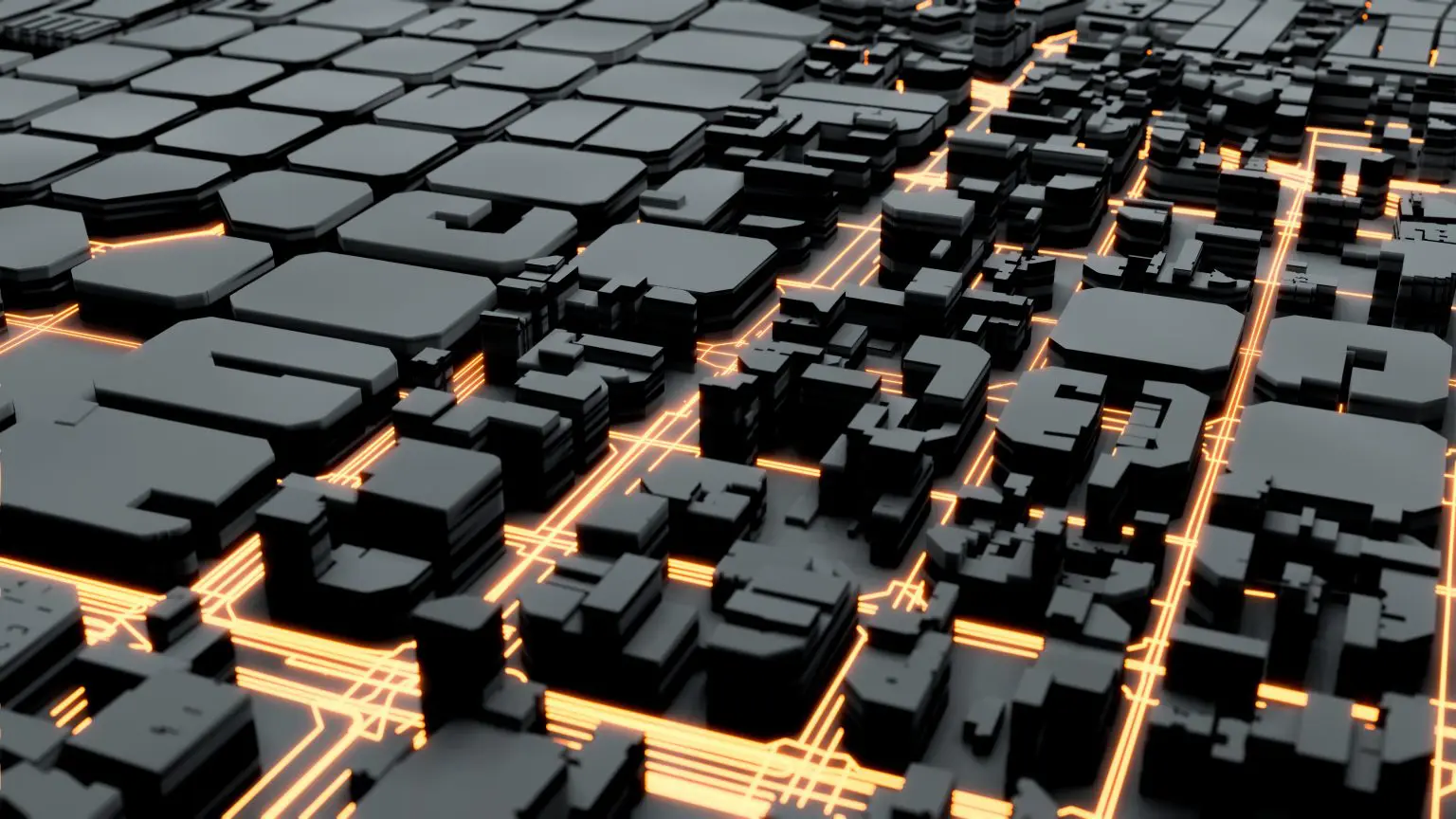
19 Aug FIWOO, the platform to govern all from interoperability
The world of Smart Cities has been dominated in recent years by what are known as vertical platforms. This type of solution is capable of solving city problems by focusing on one area of the city. Some examples would be platforms for lighting, waste or public parking management. And in these, interoperability is key.
This is why cities are realizing that they need to go a step further, as these solutions are not connected to each other, creating information silos and causing inefficiencies. This why horizontal platforms, such as FIWOO, have emerged, centralizing data from the entire city and obtaining cross-cutting information from all this data.
Goals of a horizontal Smart City platform.
A horizontal solution is one that serves a broad spectrum of users/entities, regardless of the sector in which they are focused. In other words, they are not focused on solving a single problem, but on offering a wide range of possibilities and tools.
Going into the detail of the smart cities sector, most of the solutions built are focused on solving a specific problem:
- Automatic irrigation management, which allows the establishment of rules to activate or deactivate irrigation systems based on measured values or hourly rules, control of water consumption and energy efficiency.
- Waste management systems, which monitor the filling levels of containers and, based on this, establish optimal waste collection routes.
- Environmental quality management systems that, through the installation of different environmental quality stations, receive data on the levels of air pollution, humidity, temperature, etc…
The problem with such solutions is that they create information silos: each solution is independent and disconnected from the others, and cannot make use of data from other solutions to make decisions.
The importance of horizontal Smart platforms.
Horizontal Smart platforms, such as FIWOO, seek to solve this problem by integrating different services in one place. This makes it possible to make use of data from all the integrated systems to perform cross analyses and achieve a holistic view of the city.
In other words, they make it easier for the entity to have all the information and management centralized in a single place, so that it does not have to jump from one solution to another to find the information it needs and obtain relevant details thanks to the possibility of carrying out analyses based on data from different systems.
In addition, these platforms are designed to standardize information. Each vertical solution may use a different information format, proprietary communication protocols and data models that do not follow a standard. One of the capabilities of a horizontal platform is that it converts all information to a common format and can transform the data models of external platforms to a standard.
The power of interoperability.
Interoperability is the ability of different platforms or systems to communicate with each other, changing information and being able to understand it. To this end, various standards are established to make this communication flow.
In the different Smart domains, the NGSI (Next Generation Service Interfaces) specification has been taken as the de facto standard for the communication of context information, with the support of entities such as the ETSI (European Telecommunications Standards Institute). That is, all information about what is happening in the Smart environment is stored and communicated following this specification.
This specification is certainly of great value to those who follow it. They will be able to easily connect to other data sources and publish the data they want in a standard format. Also compare themselves with other entities in their environment in a simple way, as the data are expressed in the same format.
FIWOO as an example of a horizontal platform.
FIWOO, the horizontal platform for the smart world based on FIWARE, comply all the characteristics required for such a centralized information platform:
- It is based on Open Source FIWARE technology, which is becoming the open standard not only for smart cities, but for any smart domain.
- It follows the NGSI standard, which ensures that both its APIs and data models are interoperable and can be easily connected to other systems.
- The base data models follow the recommendations of Smart Data Models, a programme led by the FIWARE Foundation, IUDX, OASC (Open&Agile Smart Cities) and TMForum, for the generation of standardized data models in different Smart domains.
- It allows connecting any type of device using multiple communication protocols, such as MQTT, AMQP, HTTP, Sigfox, LoRa, using lightweight protocols such as UltraLight2.0 or JSON.
- It facilitates the connection of external data sources thanks to its ETL (Extraction, Transformation and Loading) system that obtains data from databases, files, APIs, Web Services, mass storage systems, etc., transforms them into standard format and stores them in the platform to make use of them in combination with those from other sources.
- It helps the end user to have control of all their systems, monitor them, analyze the data, carry out automated actions based on this data, all from a single point and with an intuitive and user-friendly interface.
If you need to aggregate many sources of information and have control of everything from a single interface. You need FIWOO. Interoperability is just one step away.
Contact us to learn more or schedule a demo.
Article written by Carlos Corrales Yerpes (Director of Operations at FIWOO)
No Comments